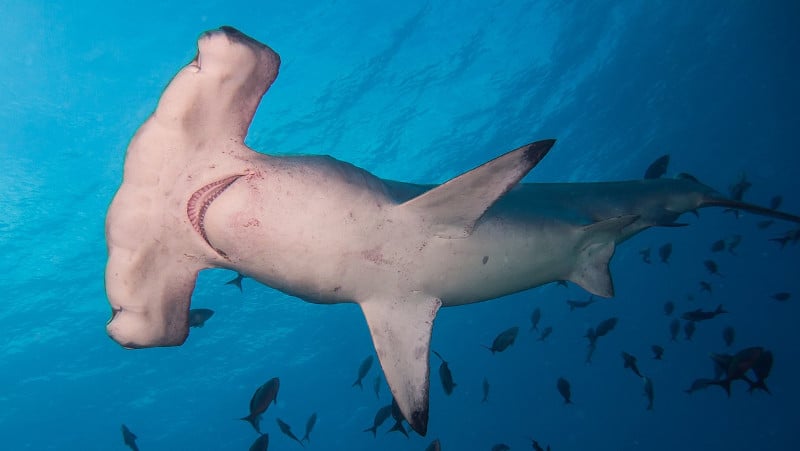
Scalloped Hammerhead Facts
- The undeniably attention-grabbing name of Scalloped Hammerhead serves as the most frequently used common name for this fish. It’s also known by several others, though. Those include terms such as the kinky-headed shark, bronze, and southern hammerhead.
- Within scientific circles, though, the creature’s perhaps better known by its purely formal moniker. Fortunately for the layperson, though, that’s a simpler term than many of its relatives hold. That’s because it bears the official name in the annals of science of Sphyrna lewini.
- It received that technical name due to the efforts of the team of Edward Griffith and Charles Hamilton Smith. The highly respected pair of British naturalists accomplished the first formal acknowledgement of it as a separate and distinct species. This occurred in the year 1834.
- The two individuals originally gave it another, different title, however. Before changing it to the term it’s known by now, the pair at first titled it Zygaena lewini. Regardless of which name one chooses to use when referring to it, the shark remains a truly impressive fish species.
- Sadly, however, the population of the remarkable Scalloped Hammerhead presently appears to be in stark decline. This unfortunate trend also seems to hold true throughout the entirety of its known range. The IUCN therefore currently lists it as Critically Endangered on its Red List.
- The amazing fish faces many threats to its continued existence. Previously, this mostly consisted of overfishing, as it was hunted in some regions. Due to its fragile population numbers now, though, it likely faces its greatest danger going forward from climate change.
Related Articles
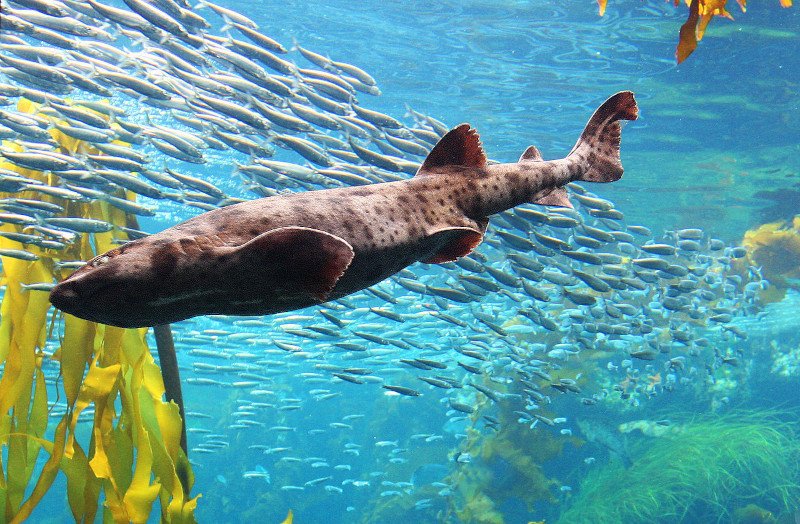
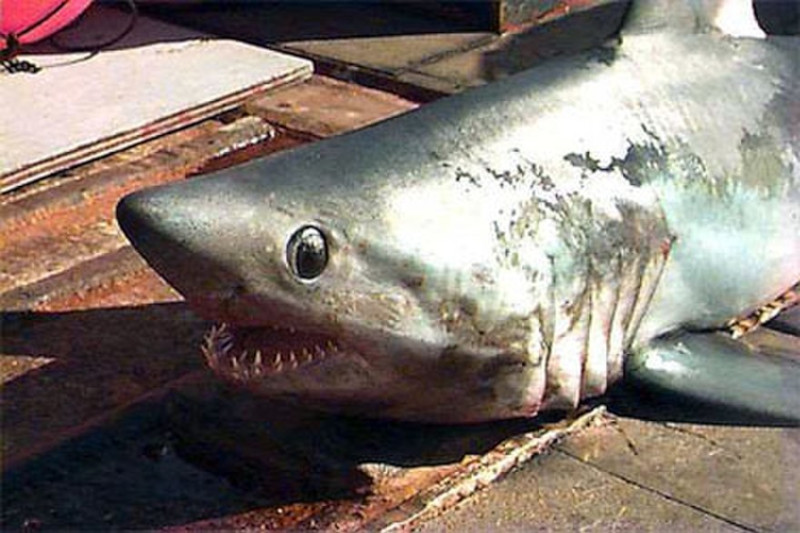
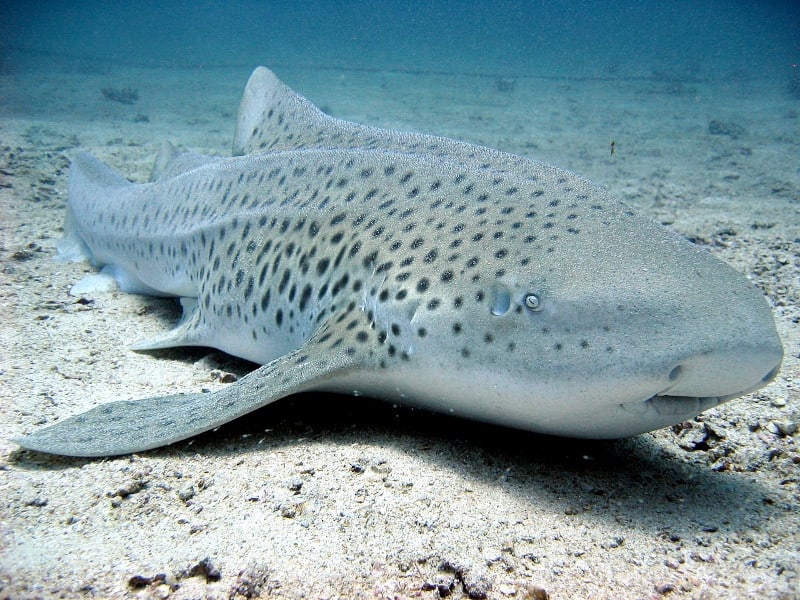
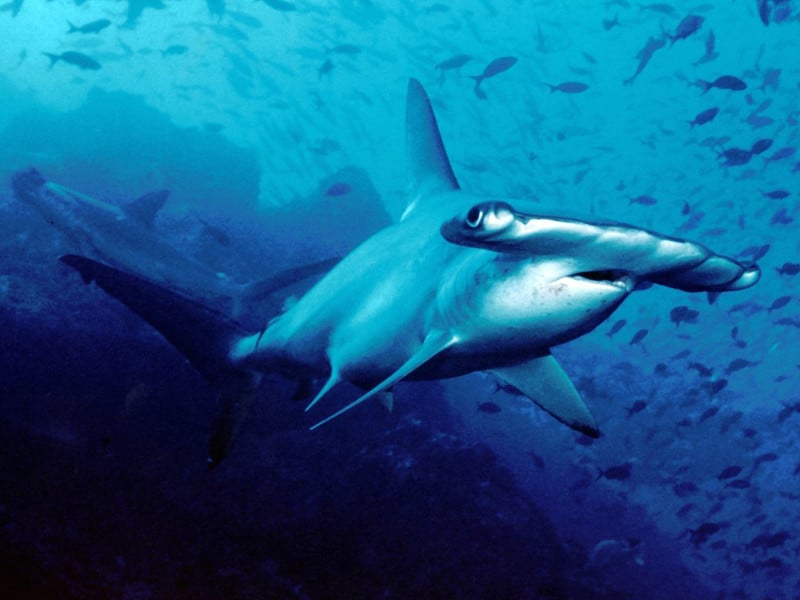
Scalloped Hammerhead Physical Description
The remarkable Scalloped Hammerhead fascinates most of those fortunate enough to encounter it. Unlike some of its kindred, though, it does so for more than one reason. In this intriguing species, Nature created a true masterpiece that continues to tantalize many researchers even today.
The intriguing species grows to highly respectable physical measurements. It also follows the pattern common among most of its relatives, though, regarding that statistic. That’s true since the animal displays a moderately large degree of the physiological characteristic of sexual dimorphism.
Although the genders present the same general appearance, the size varies significantly between them. More precisely, females of the species typically attain a much greater size than their male counterparts. That’s a trend common among most known species of shark around the world.
The females attain an average body length measuring roughly 8.2 ft (2.5 m). They’re surprisingly light, however. Most of this sex average 80 lb (36.2 kg) in weight. Exceptional individuals do occur, of course. But even these rarely exceed these measurements by any significant degree.
Males of the Scalloped Hammerhead, however, usually remain much smaller in both categories. Body length averages 4.9 – 5.9 ft (1.5 – 1.8 m). They’re body mass ranks appropriately smaller as well. This equals 64 lb (29 kg). The largest specimen on record measured 14 ft (4.3 m) in length.
In overall appearance, though, the two sexes remain virtually indistinguishable. The coloring of the remarkable creature generally consists of varying shades of light gray. Its’ most distinctive feature, though, is obvious. That’s the large hammer-shaped head, thus the primary common name.
- Kingdom: Animalia
- Phylum: Chordata
- Class: Chondrichthyes
- Order: Carcharhiniformes
- Family: Sphyrnidae
- Genus: Sphyrna
- Species: S. lewini

Scalloped Hammerhead Distribution, Habitat, and Ecology
The remarkable Scalloped Hammerhead evolved as native to a relatively broad swathe of the marine areas of the globe. The general area, however, likely won’t surprise many people. That’s becasue it evolved as endemic to the section of the oceans that ranges from roughly 46°N to 36°S.
Within that widespread zone of habitation, though, certain areas see greater numbers. These principle regions include the waters off South Africa and Japan. Other zones of concentration include the Indian Ocean, Red Sea, and the warm waters of Hawaii, Tahiti, and Australia.
Inside of that range, however, the impressive animal displays decided and highly specific preferences regarding its choice of habitat. In all areas the shark inhabits, it primarily lives near the coast. It’s most frequently sighted either over or comparatively near the continental shelves.
The marvel of Nature also appears only in either warmer temperate or tropical waters. It’s not a deep-diving species, by any means. A maximum observed depth for the species only equals 3,400 ft (1.03 km). Most often, however, individuals spend their time above depths of 82 ft (25 m).
The Scalloped Hammerhead typically lives in relatively large groups, called schools. Unlike many other related creatures, though, it remains active at all times of the day and night. Compared to some of its many relatives, they’re considered relatively docile in their behavior patterns.
Like all sharks, the wonder evolved as a fully carnivorous species. It principally feeds on prey such as various small fish, octopi, and squid. It’s also an opportunistic hunter, feeding on whatever prey’s locally available. In turn, its own predators mainly consist of larger varieties of sharks.
Species Sharing Its Range
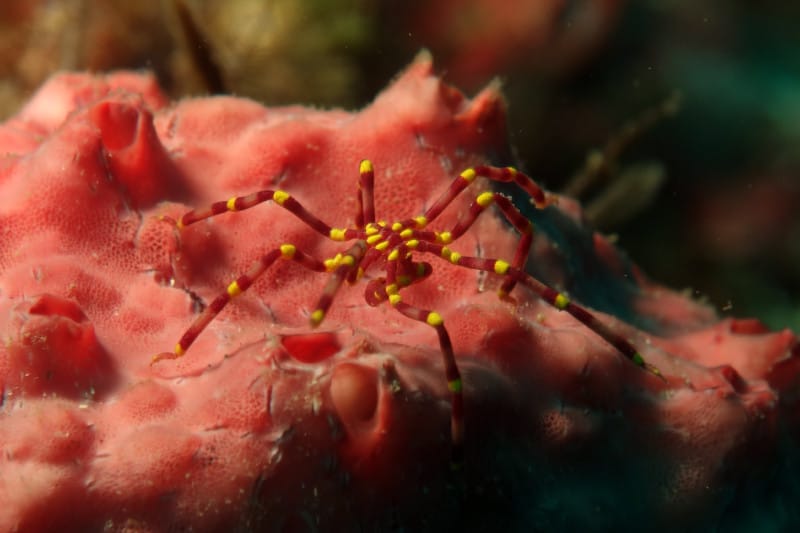
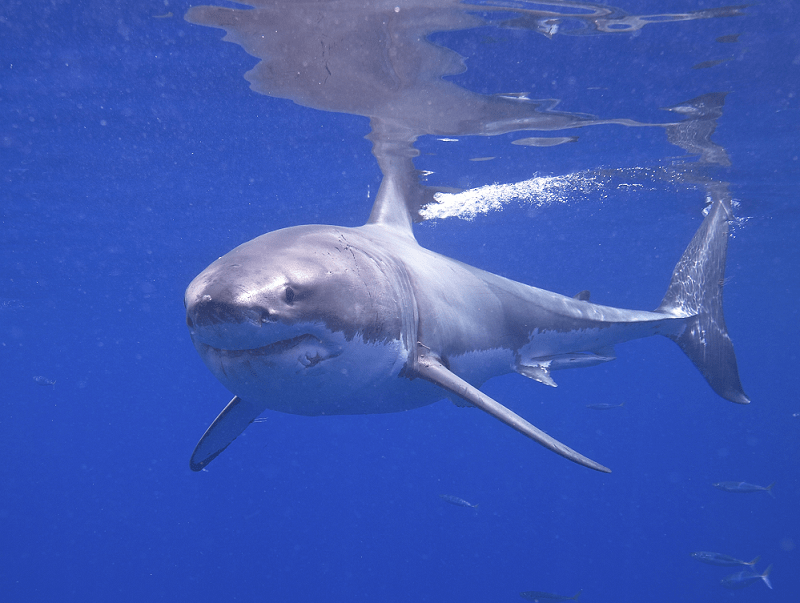

Check out our other articles on 4 Outstanding Orchids of Australia, Eastern Tiger Swallowtail, Yosemite Valley, Grizzled Giant Squirrel, Southern Darwin’s Frog, Blue-lipped sea krait









Leave a Reply